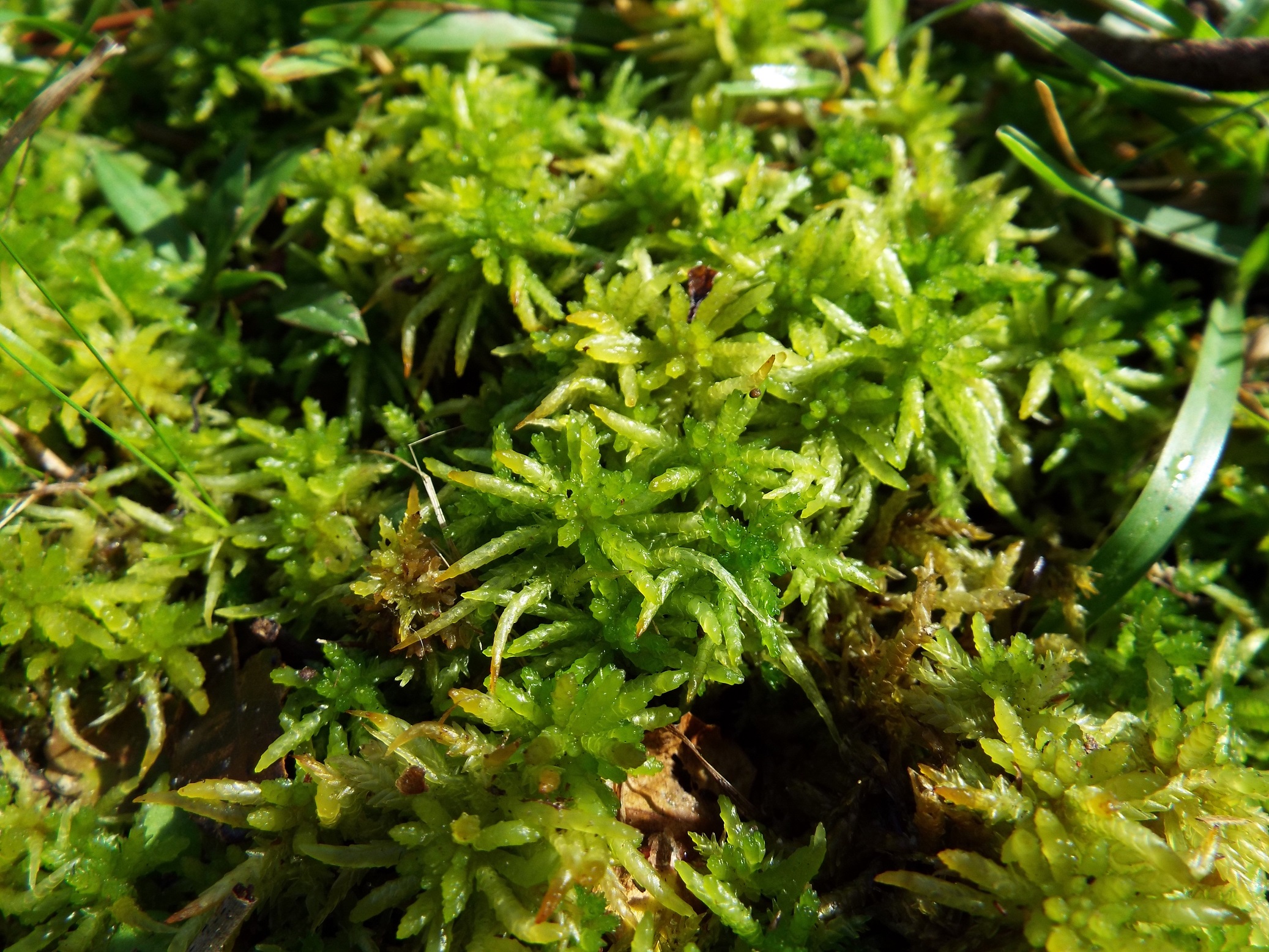




This week for Flora and Fauna Friday we have ancient acid-loving, artifact-saving, and amendment making plant to dig into, Peat Moss (Sphagnum spp.).
Peat Moss, or Sphagnum Moss, is a genus of mosses found across the globe. Edisto is no exception. These mosses love wet, acidic soils and are tolerant of drought, flooding, and extreme temperatures. So the Lowcountry sounds like a perfect home! Sphagnum does best in wet places where little else can grow. You’ll most often find them in Carolina bays, on the edges of permanent wetlands, wet depressions on highly acidic soils, ditch edges, and sometimes in the crooks of tree roots. When conditions are right, the moss can form perpetual peat bogs. Large patches of moss positioned atop deep beds of decaying peat. Peat bogs can be quite extensive and extremely deep in colder climates but tend to be much more modest in South Carolina.
Sphagnum moss comes in many shapes, sizes, and colors but all share a similar structure. It is low growing with a shaggy, lumpy form. Sphagnum is best recognized by it tufted, carpet-like appearance. Each branch of the stem is whorled in often toothed tufts of green flesh. Peat moss is different than most of the plants we’re familiar with. It belongs to the ancient group of plants called the bryophytes, to which all true mosses belong. Bryophytes are the most ancient of land plants. They are so primitive that they spread by spores and even lack vasculature structures. All water must move passively through the plant. This is why Sphagnum loves wet conditions. Yet this character is also the source of its drought tolerance. Since it can’t rely on roots or vasculature to find and pump water throughout its body, peat moss is built like a living sponge. It can store many times its weight in water in order to weather through droughts. However, it also means that it can’t grow very tall or very thick, as the further away a part of the plant is from soil moisture, the less chance it has to survive.
Throughout human history, Sphagnum has had many important uses in human society and commerce. Anaerobic peat bogs in Europe were once used for food storage, as the old, acidic, low-oxygen conditions of some bogs allowed fat rich foods like butter and lard to last almost indefinitely. In much the same manner, peat bogs can also preserve animals and organic artifacts for millennia. Some bogs have yielded stupendous findings for both ecologists and anthropologists. The accumulated dead peat within Sphagnum bogs also has many unique and useful properties. Peat can be mined and dried for several purposes. Bricks of dried peat can be burned as a commercial fuel source or stacked as a primitive insulating building material. This same peat can be shredded to create a powerful soil amendment that dramatically improves the water and nutrient holding capacity of mineral soils. Shredded peat moss, when dried, is highly absorptive and strongly acidic. These traits make it great at staunching bacteria and mold growth. These traits have not been overlooked and it has been used for centuries for moisture control when packing perishable materials, absorbent baby diapers, and even as sterile wound dressings! You may have also heard of the short-lived peat mines here in the ACE Basin. These operations mined a different kind of organic material, also called peat, which originated beneath our bottomland forests, not the kind produced by Sphagnum.